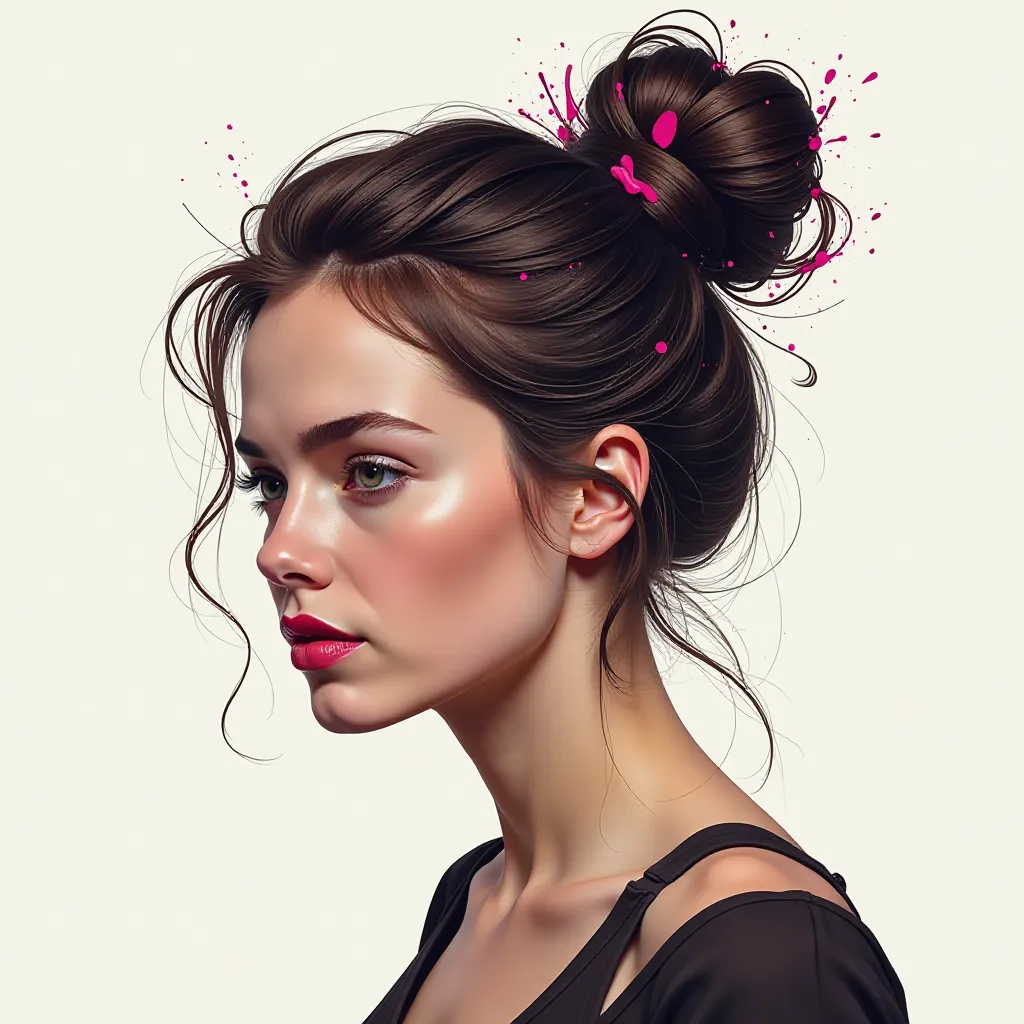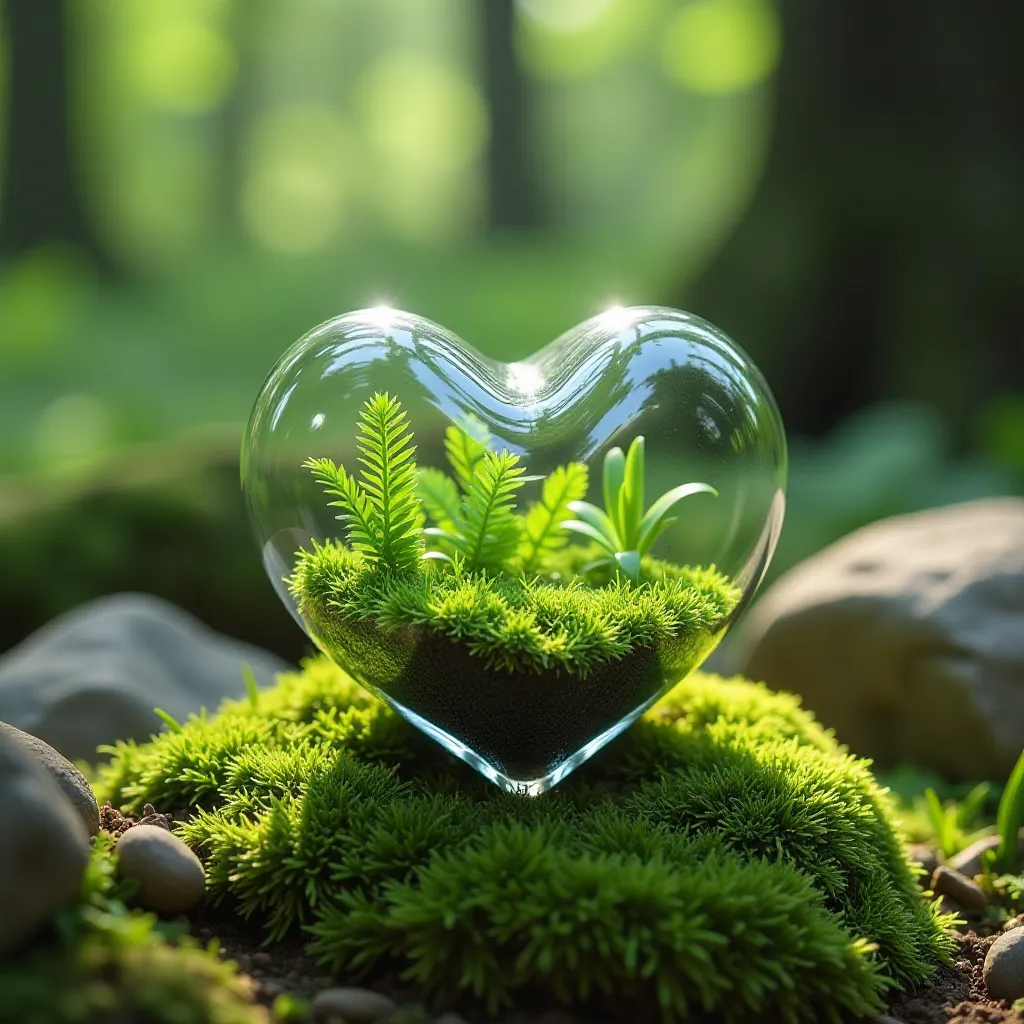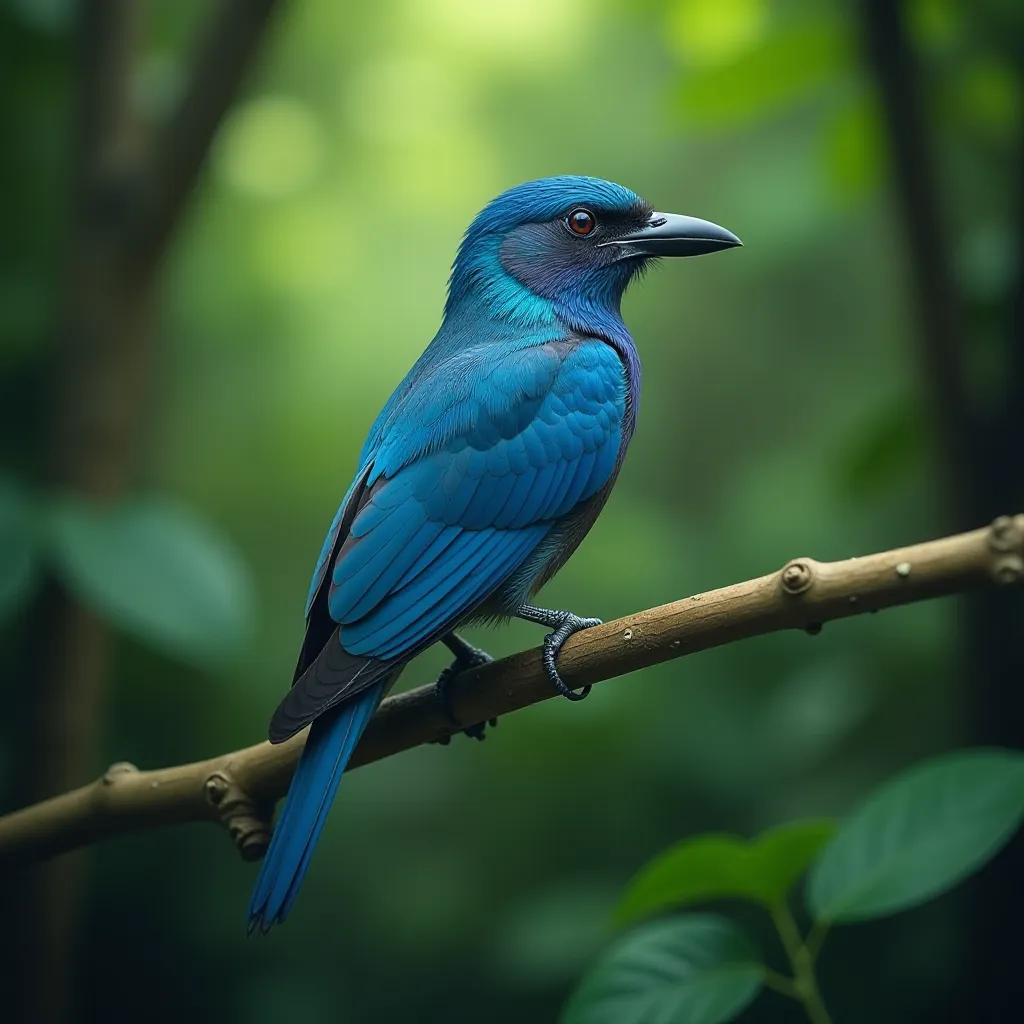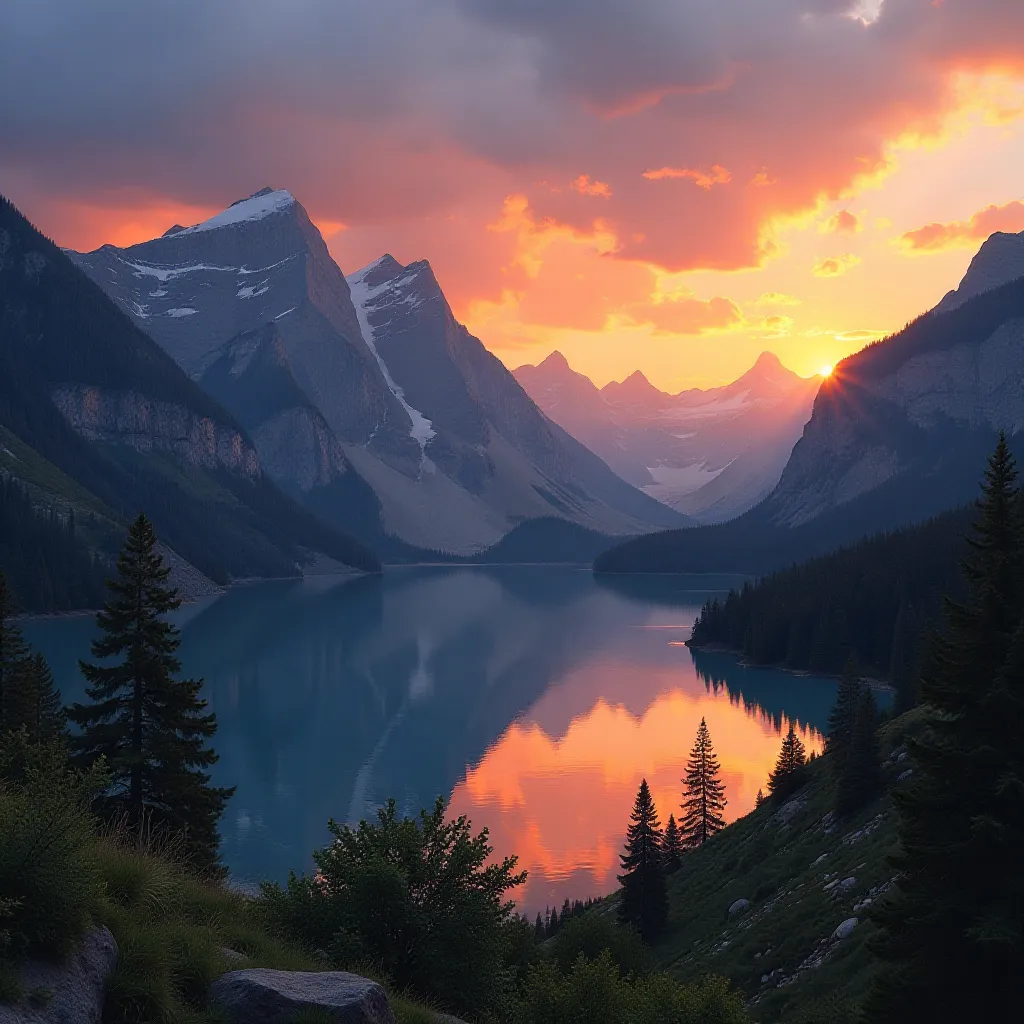Hyper Flux 8step Lora Model Image Generator
Enhanced with ByteDance's 8-step LoRA, designed for efficient image generation.
Crie uma imagem com base em um prompt de texto
Razão
Modelos
Formato de saída
Público

Hyper Flux 8step Lora Example

hyper flux 8step model prompt
a digital portrait of a woman with a pensive expression, her hair styled in a messy bun adorned with splashes of color

hyper flux 8step model prompt
a heart-shaped glass object, filled with green plants, rests on a mossy surface, surrounded by rocks and other greenery, with sunlight filtering through the foliage.

hyper flux 8step model prompt
a blue paradise bird in the jungle

hyper flux 8step model prompt
a serene landscape with mountains and a lake at sunset
Frequently Asked Questions about Hyper FLUX 8step
The Hyper FLUX 8step model is a cutting-edge diffusion model acceleration technique developed by ByteDance. It generates fully denoised images in just 8 steps, making it highly efficient and fast. This model is part of the Hyper-SD series and is compatible with various base models and controlnets.
Submit your prompts and let the platform process them. The Hyper FLUX 8step model will generate the images based on your inputs.
The main benefits include high efficiency and speed, as it can generate images with fewer steps compared to traditional models. This results in lower computational costs and faster image generation without compromising on quality.
Yes, you can view sample images created with the Hyper FLUX 8step model on our website.
Common use cases include digital art creation, graphic design, and any application requiring high-quality image generation with minimal computational resources. It's particularly useful for artists and designers looking for efficient and fast image generation tools.
The model works best with clear and specific prompts. Using detailed descriptions and specifying the desired style or elements in the image can help achieve better results. Experimenting with different guidance scales and LoRA settings can also enhance the output.